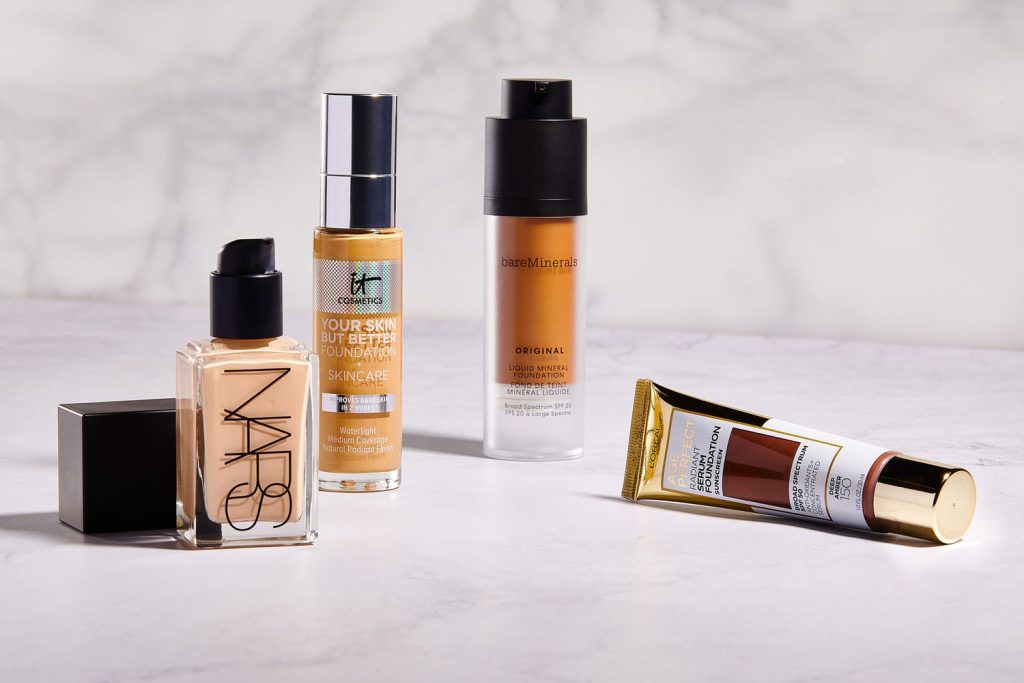Finding the perfect foundation is tough enough… but when you throw dry, mature skin into the mix, it can feel downright impossible.
I know this struggle personally — as I got older, I realized that the products I loved in my 20s and 30s just weren’t working anymore. Suddenly foundation was clinging to dry patches, settling into fine lines, or making my skin look flat instead of fresh and radiant.
But the good news is: you CAN find a foundation that works with your skin — not against it. It just takes knowing what to look for (and what to avoid!).
Today, I’m sharing my top tips on how to pick the right foundation for dry, mature skin, so your makeup feels like a glow-up, not a cover-up.

1. Hydration Comes First
Before you even think about foundation, make sure your skin is well-hydrated. Dryness is one of the biggest reasons foundation looks cakey or uneven on mature skin.
What helps:
- A good moisturizer with hyaluronic acid or squalane
- Gentle exfoliation (1–2 times a week) to smooth dry patches
- Letting your skincare fully absorb before applying makeup
This step alone makes a huge difference in how your foundation applies and lasts.
2. Look for Lightweight, Hydrating Formulas
The words you want to see on the label:
- Hydrating
- Luminous
- Dewy
- Radiant finish
These types of foundations are designed to give you that fresh, plump look without settling into fine lines. They usually have moisturizing ingredients and a lighter texture that plays nicely with drier, more delicate skin.
On the flip side, be careful with anything labeled “matte,” “oil-absorbing,” or “longwear” unless it specifically says it’s hydrating or designed for mature skin — these can sometimes make dryness worse.
3. Don’t Overdo the Coverage
Less really is more when it comes to mature skin. Thick, full-coverage foundation can sometimes sit on top of the skin instead of blending in, which actually emphasizes texture and dryness.
Instead:
- Start with a light layer
- Focus coverage on the areas where you need it (like the center of the face)
- Use a damp sponge for the most natural, smooth application
You can always build up coverage where needed, but it’s hard to fix if you apply too much from the start.
4. Choose Your Formula Wisely
The right foundation for your skin depends on your skin type, your coverage needs, and the finish you love.
If you’re not sure where to start, I put together a full guide on How to Choose the Right Foundation for Your Skin — I break down how to pick the best formula for your skin type, whether you need something light and glowy or a bit more coverage for special occasions.
Trust me, choosing the right formula makes all the difference!

Final Thoughts: Let Your Skin Shine Through
The best foundation isn’t about hiding — it’s about enhancing. When your skin is well-prepped, and you’ve got a foundation that works with your needs, your makeup feels lighter, looks fresher, and lasts longer.
Because no matter our age, we deserve to feel confident and radiant in our own skin.

